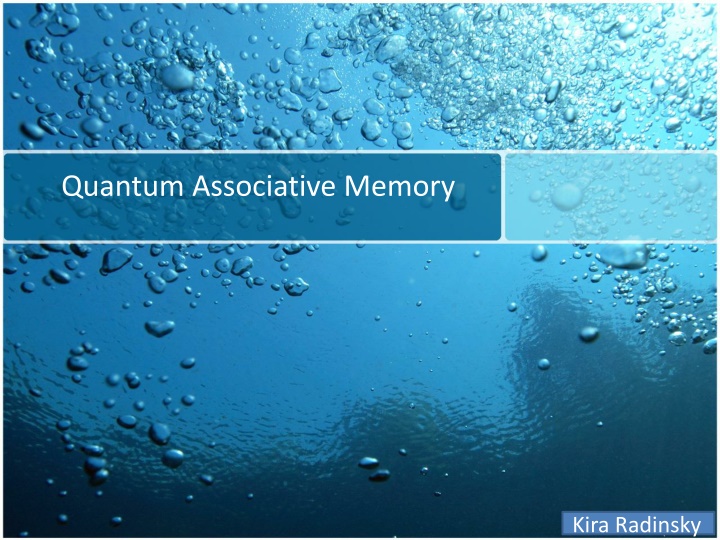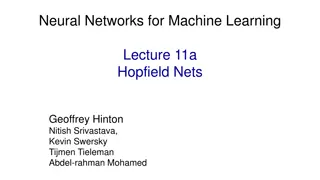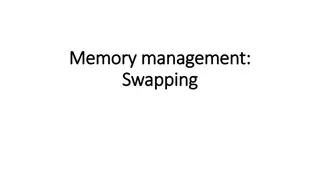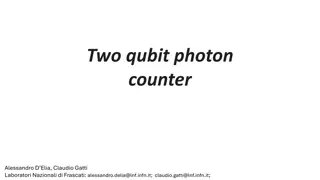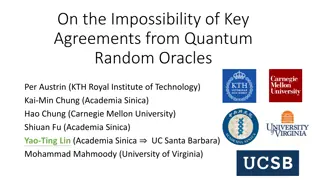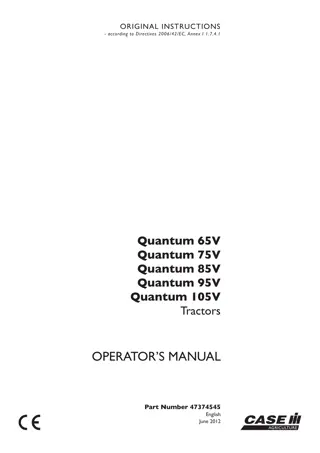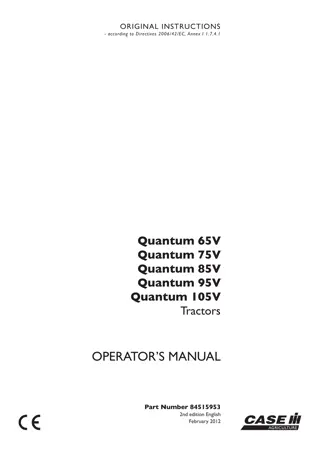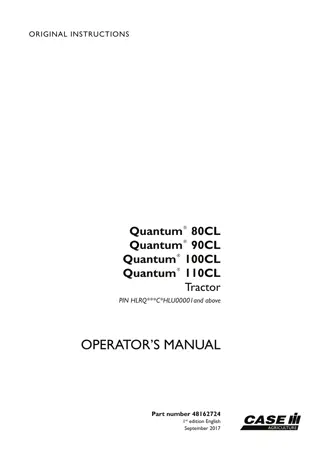Quantum Associative Memory & Hopfield Network Overview
The concepts of Quantum Associative Memory and Hopfield Network, understanding how associative memory works, its applications in recalling patterns, and the structure of Hopfield network for energy minimization. Learn about training Hopfield networks, completion and correction in associative memory, as well as different updating schemes and extensions in the network.
Download Presentation

Please find below an Image/Link to download the presentation.
The content on the website is provided AS IS for your information and personal use only. It may not be sold, licensed, or shared on other websites without obtaining consent from the author.If you encounter any issues during the download, it is possible that the publisher has removed the file from their server.
You are allowed to download the files provided on this website for personal or commercial use, subject to the condition that they are used lawfully. All files are the property of their respective owners.
The content on the website is provided AS IS for your information and personal use only. It may not be sold, licensed, or shared on other websites without obtaining consent from the author.
E N D
Presentation Transcript
Quantum Associative Memory Kira Radinsky
Outline Associative memory What is it Hopfield net Bam Example Problems Grover algorithm Reminder Example Quam Algorithm Modified Grover Quam Algorithm Examples Initializing the Quam memory Algorithm Example O(n 2) O(n 2)
Outline Associative memory What is it Hopfield net Bam Example Problems Grover algorithm Reminder Example Quam Algorithm Modified Grover Quam Algorithm Examples Initializing the Quam memory Algorithm Example O(n 2) O(n 2)
Associative memory What is Associative memory? Remembering something in common parlance usually consists of associating something with a sensory cue Assume a set P of m binary patterns of length n Learn to produce one of the full patterns when presented with only partial pattern Trivial Solution: Store all in RAM Requires unique address Lookup table require mn bits to store all patterns Learning Solution: Use generalization Given a partial pattern we find the closest
Associative memory What it should do? Completion Correction Recall Example Hopfield network
Hopfield net - Structure Activation states Ai sj- is the state of unit j. i- is the threshold of unit i. wij- weight of the connection weight from unit j to unit i State s Energy function Stable State = Local minima in energy function Physics model Ising models
Hopfield net-Train & Run Running Pick a node at random. The node moves to a state to minimize the energy of itself and its neighbors. Training Lowering the energy of states that the net should "remember The network will converge to a "remembered" state if it is given only part of the state
Hopfield-Extensions During decoding, there are several schemes that can be used to update the output of the units. The updating schemes are synchronous (or parallel as termed in some literatures), asynchronous (or sequential), or a combination of the two (hybrid). Bam Hetro-associative : 2-way retrieval capabilities
Hopfield net-Example Phonebook (implemented on BAM network)
Classic Associative memory Problems Correction Storage Storing patterns of length n requires: n neurons Memory m is limited: m< kn K typically 0.15 <k<0.5 Solution Quantum Associative memory n neurons Storage capacity of O(2n)
Outline Associative memory What is it Hopfield net Bam Example Problems Grover algorithm Reminder Example Quam Algorithm Modified Grover Quam Algorithm Examples Initializing the Quam memory Algorithm Example O(n 2) O(n 2)
Grover Algorithm Algorithm for database search Based on accumulating quantum interference Searching a database of size n classically takes O(n) lookup operations Grover algorithm takes O(n ) lookup operations
Grover Algorithm Initialize to |0> Apply H|0> N Repeat Apply Apply G= -H H 4 Call the Oracle Invert amplitudes around the average Measure
Grover Algorithm Example
Outline Associative memory What is it Hopfield net Bam Example Problems Grover algorithm Reminder Example Quam Algorithm Modified Grover Quam Algorithm Examples Initializing the Quam memory Algorithm Example O(n 2) O(n 2)
Modified Grover - Motivation Grover applies to the case where all basis states are represented equally to start with Can work as associative memory when we memorized all the patterns of length n and we know all n bits of the pattern to be recalled
Modified Grover Algorithm first try = Initialize to combination of memories N Repeat Apply Apply G= -H H 4 Measure
Modified Grover Algorithm Example
Modified Grover - Problems Low collapsing probability Why? 2 undesirable states Both acquired opposite phases and canceled each other Thus when rotating above average- the average is smaller The desired state is rotated above suboptimal average never getting a large probability
Modified Grover Algorithm Second try = Initialize to combination of memories Apply G pG on N Repeat Apply Apply G= -H H 2 4 Measure
Modified Grover Algorithm Second try Example
Quam-Introduction Instead of |0> start with some other initial distribution like before The second state rotation operator rotates the phases of the desired states and also rotates the phases of all the stored patterns as well Will force the 2 different kinds of undesired states to have the same phase (rather than opposite)
Quam Algorithm = Initialize to combination of memories Apply G pG on Repeat T times Apply Apply G= -H H Measure
Quam Algorithm What is T? N total number of states R1 number of marked states that correspond to stored patterns R0 - number of marked states that do not correspond to stored patterns P- number of stored patterns
Quam Algorithm What is T? Average amplitude of marked states Average amplitude of unmarked states
Quam Algorithm Working example - recall Working example - completion Example of correction or non- correction Non working example
Quam Algorithm 2n + 1 neurons (qubits) Stores up to N= 2^n patterns O(MN steps) Requires O(sqrt(N))
Outline Associative memory What is it Hopfield net Bam Example Problems Grover algorithm Reminder Example Quam Algorithm Modified Grover Quam Algorithm Examples Initializing the Quam memory Algorithm Example O(n 2) O(n 2)
Initializing Quam Given a set T of m examples of a function f, the goal is to produce can be constructed using a polynomial number in m and n of elementary operations on 1,2 or 3 qubits
Initializing Quam 2 qubit operators p is the number of patterns including the current one yet to be processed These operators form a set of conditional Hadamard-like transforms that will be used to incorporate the example set into a coherent state
Initializing Quam 2 qubit operators Flips the state of the qubit Conditionally flips the second qubit the first qubit is in the |0> state Conditionally flips the second qubit the first qubit is in the |1> state
Initializing Quam 3 qubit operators Identify specific states in a superposition, similar to Grover s identification of which state should be phase-rotated A 3 qubit generalization of F Always used with the third qubit in the |0> state and thus it almost always performs AND on the negation of the first 2 qubits, setting the 3rdto |1> the first 2 qubits are |00>
Initializing Quam Quantum state 3 quantum registers: x register holds a superposition of the examples in the set T. n qubits value f of the example is used as the coefficient of the state corresponding to the example g and c registers - contain only ancillary qubits and are restored to the state |0> in the end of the algorithm
Initializing Quam Intuition The S operator corresponding to that example changes the basis of the system such that one of the states has a coefficient that matches example s f value The system is initially in the state |0> Repeat process for each example The qubits in x are conditionally flipped so that their states correspond to the 1stexample The same state is changed to one outside the subspace affected by the S operators, thus making it permanent In the end we receive a superposition of the examples with equal amplitudes, and different phases corresponding to the f value of the example.
Initializing Quam Algorithm
Initializing Quam Complexity O(n) (number of examples) operations 3 * O(1) operations O(n 2) O(n 2)
Initializing Quam Complexity The entire algorithm requires m(n+3 + n 2 + 1 + n- 2 +1) + 1= m( 3n + 1) = O(mn) Notice that just reading each instance is O(mn) O(n 2) O(n 2)
Initializing Quam Example O(n 2) the qubit states of the x register are flipped to match the first example, and the c register is marked so it will be affected by the S operator O(n 2)
Initializing Quam Example Create new state in the superposition Mark the g registers O(n 2) One of the marked states is made permanent by setting its c register to 01 and this state now represents the first example. The c register of the other state is returned to 00 , and it is ready to generate a new state. O(n 2)
Initializing Quam Example Finally the work done in the g register is undone O(n 2) O(n 2)
Initializing Quam Example Notice the first example is not affected The 2 states just affected by S are marked in the register The c register is used to save another state (2ndexample) O(n 2) Reset the g register preparing for the process to be repeated O(n 2)
Initializing Quam Example only those qubits corresponding to bits that differ in the second and third examples are flipped, in this case just qubit x2. the generator state is now left with a magnitude of 0, because there are no more examples to process. O(n 2) O(n 2)
Initializing Quam Example Finished! Line 15: restoring all the ancillary qubits to their initial state. O(n 2) O(n 2)
Initializing Quam Why is work? Whenever the S operator is applied, there are no states with the c register in |11>. It allows the operations to be unitary without generating extraneous states. The ability to identify a specific state in the superposition using the AND operators. O(n 2) O(n 2)
Conclusions Quantum associative memory still to be revised Initializing the Quam memory could be a breakthrough in other related quantum problems O(n 2) O(n 2)
